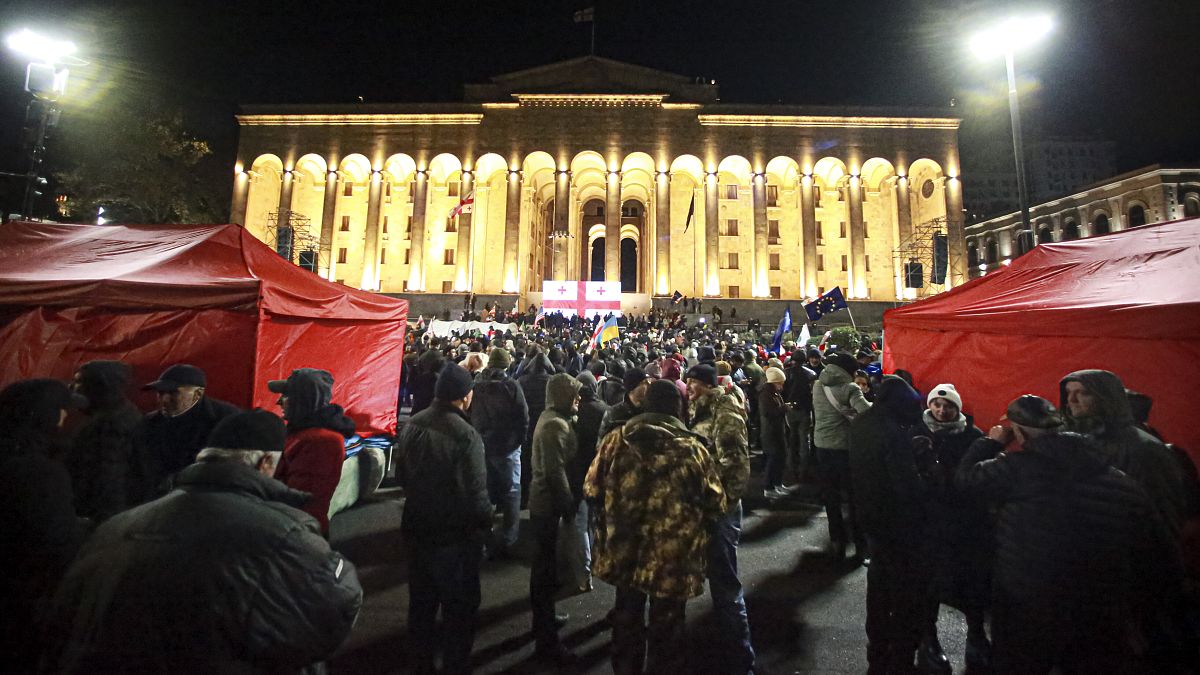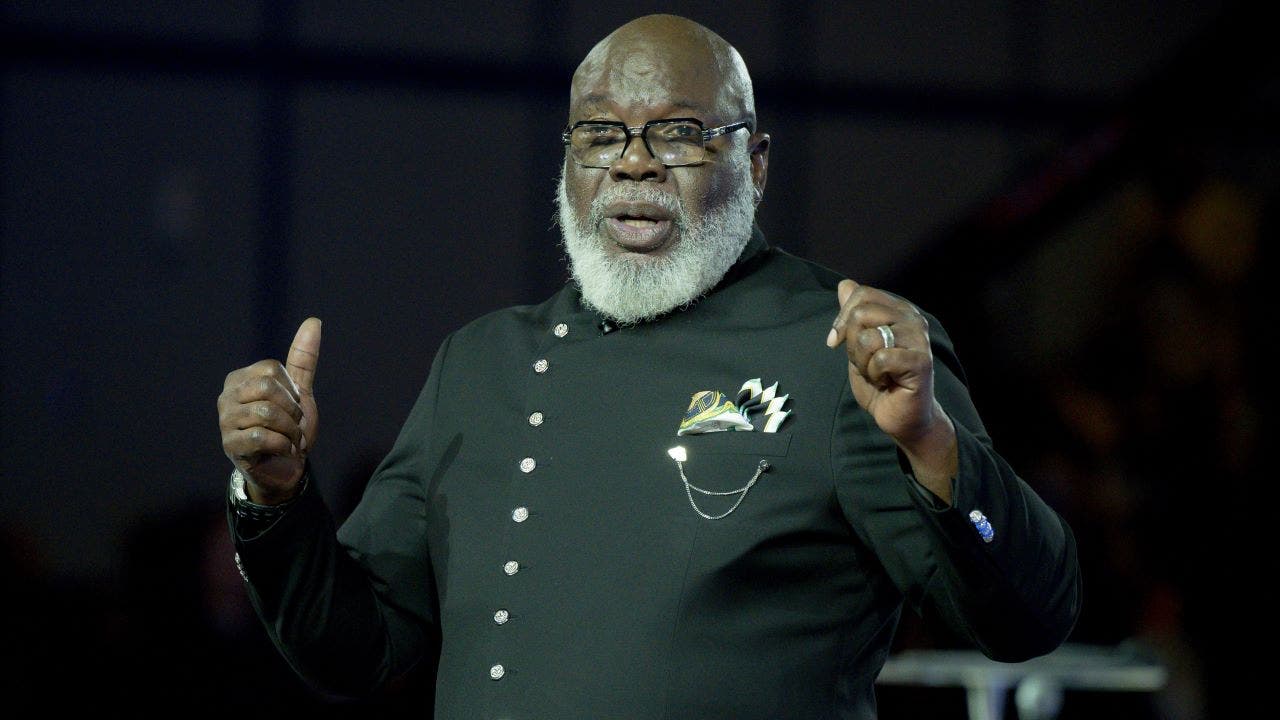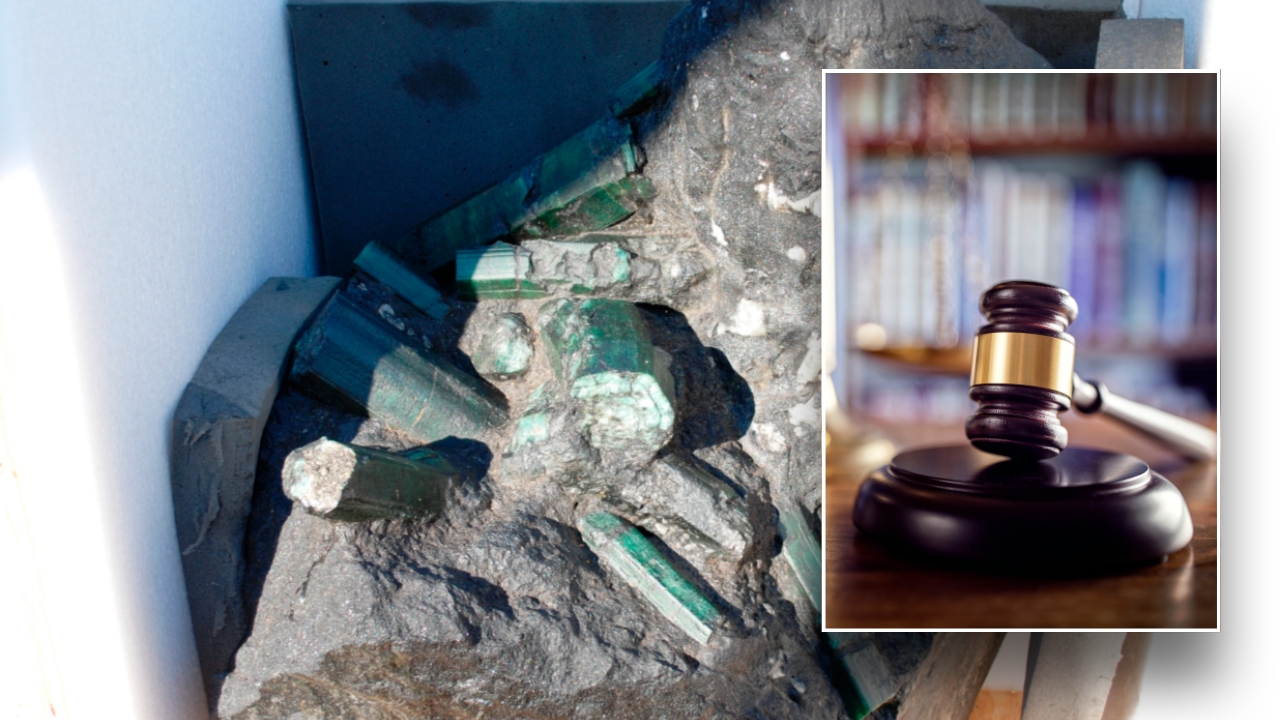After a decade of unfulfilled promises about driverless vehicles, Tesla CEO Elon Musk hyped the company’s Cybercab concept on Thursday night, showing off a low, silver two-seater with no steering wheels or pedals.
Rolling up to the stage in a Cybercab almost an hour after the company’s “We, Robot” event was supposed to begin, Musk said the company had 21 of these vehicles, and a total of 50 “autonomous” cars on-location at the Warner Bros. studio in Burbank, California where Tesla hosted its invitation-only event.
Musk offered no details about exactly where Tesla plans to produce the cars, but said consumers would be able to buy a Tesla Cybercab for below $30,000. He said the company hopes to be producing the Cybercab before 2027
He also said he expects Tesla to have “unsupervised FSD” up and running in Texas and California next year in the company’s Model 3 and Model Y electric vehicles.
FSD, which stands for Full Self-Driving, is Tesla’s premium driver assistance system, available today in a “supervised” version for Tesla electric vehicles. FSD currently requires a human driver at the wheel, ready to steer or brake at any time. Earlier this year, Tesla tacked “supervised” onto the product name.
“It’s going to be a glorious future,” Musk said on Thursday night.
Musk also revealed plans to produce an autonomous, electric Robovan that can carry up to 20 people, or be used to transport goods. He said it will “solve for high density,” transporting a sports team, for example.
He said the Cybercab and Robovan would employ inductive charging, meaning these autonomous vehicles could roll up to a station to recharge, with no plugging in required.
Musk has spent years touting Tesla’s work in autonomous cars and promising that they would hit the market. Along the way, he’s repeatedly woven a fantastical vision for shareholders, setting and missing his own deadlines.
In 2015, Musk told shareholders that Tesla cars would achieve “full autonomy” within three years. They didn’t. In 2016, Musk said a Tesla car would be able to make a cross-country drive without requiring any human intervention before the end of 2017. That never happened. And in 2019, on a call with institutional investors that would help him raise more than $2 billion, Musk said Tesla would have 1 million robotaxi-ready vehicles on the road in 2020, able to complete 100 hours of driving work per week each, making money for their owners.
In April this year, Musk was still telling investors autonomy is the company’s future.
“If somebody doesn’t believe Tesla’s going to solve autonomy, I think they should not be an investor in the company,” he said on a call with analysts. “We will, and we are.”
At Thursday night’s event, which he previously characterized as a “product launch,” Musk welcomed attendees to the “party,” and said they would be able to take test rides in the autonomous vehicles on location, in the closed environment of the movie studio lots.
It was Tesla’s first product unveiling since the company first showed off the design for its Cybertruck in 2019. The angular steel pickup began shipping to customers in late 2023, and has been the subject of five voluntary recalls since then in the U.S.
WATCH: Robotaxi event video
Read the full article here


















